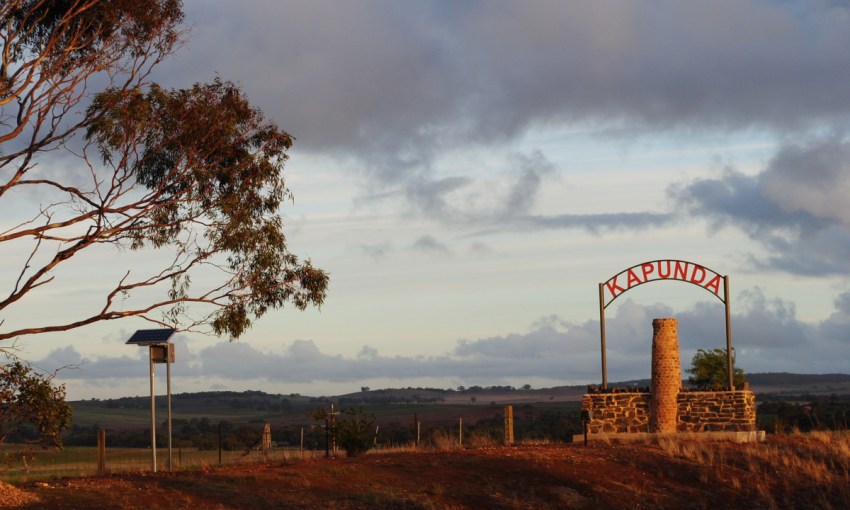Historic Kapunda is finding a marketing strength in its rich agricultural past as it pursues new, innovative technologies and markets to grow its future.
SA Agricultural Town of the Year finalist: Kapunda

The town proudly promotes its links to famous pastoralist Sir Sidney Kidman along with historic Anlaby Station, once owned by the Dutton family and still home to the state’s oldest merino sheep stud.
Its inhabitants are now working together to ensure they layer new achievements in the region’s agricultural history, supporting growth in its grain, hay, sheep and beef farming.
Operating near the Kapunda town centre is the region’s largest employer: global stock feed producer JT Johnson and Sons, with its 100-strong staff mostly made up of local people.
The family-owned mill was started 96 years ago and its headquarters reflects respect for its local community and history: the offices are based in the carefully restored and heritage-listed former Kapunda Show Pavilion.
Outside, rows of 140-year-old shiraz vines rescued from a vineyard in the Barossa are planted, with their grapes harvested and bottled under the company’s own label.
Financial controller Tom Leslie says the business is growing after fourth-generation management brothers Robbie and Mark Johnson invested in a new $20 million stock pellet facility in 2016, using local construction company Ahrens.
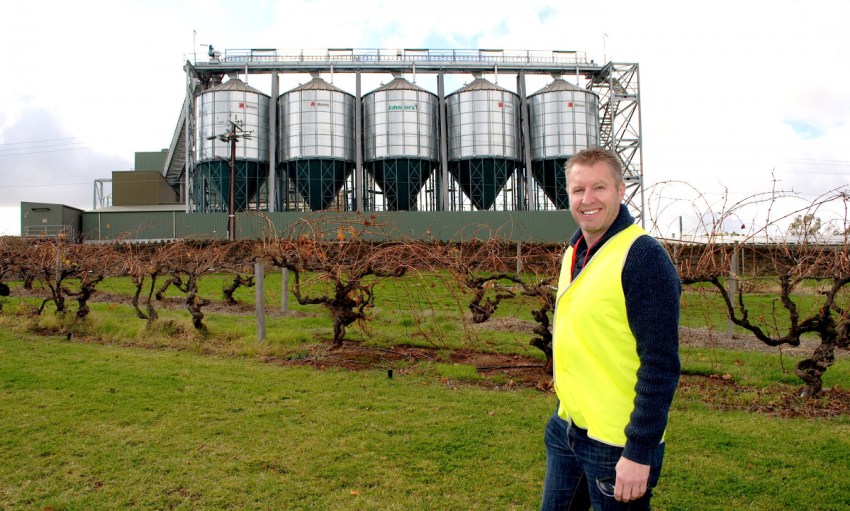
The project has doubled production capacity for cattle and sheep feed pellets, leading to the company buying more grain and hay from local farmers.
Its new facility has also reduced dust, energy consumption and operating costs, while the company worked with council to improve access for road trains to slash transport costs with more product moved more efficiently.
There is also ongoing work to produce new products, including a new drought feed pellet for stock, and this has helped open new markets.
“We’ve managed to gain access to new domestic markets in NSW and Queensland where this feed is required particularly with dry conditions at the moment,” Tom says.
Tom took over as chief financial officer from his own father in 2010 and says the 100 per cent family-owned company buys its grain and hay from about 130 growers in the region and almond shells from the Riverland, the sales helping to grow other local supply chain businesses.
JT Johnson has also entered a joint venture with Singaporean company Yarra Corp to operate a feedlot in Dublin to provide high-quality beef cattle to China and other export markets, further ensuring its ongoing growth.
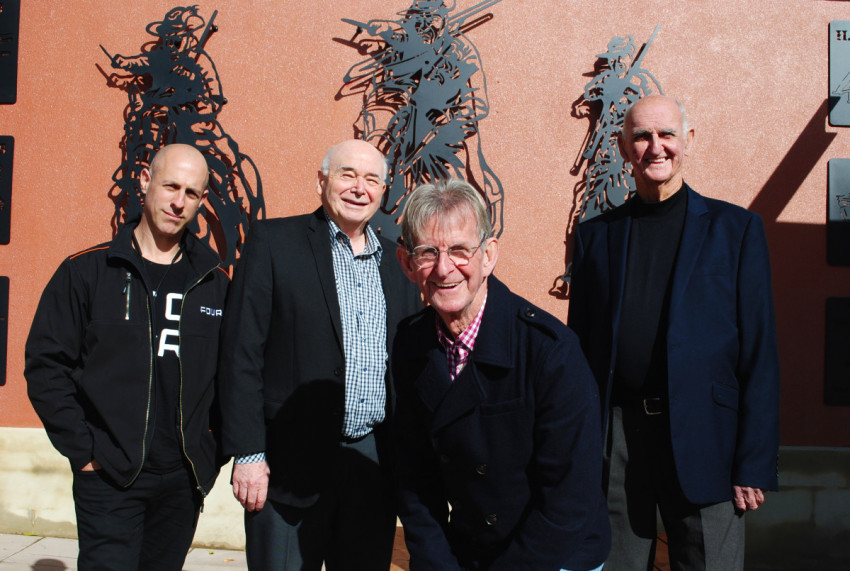
The town’s entrepreneurial approach is recognised at the nearby local high school where ag studies are on offer and where Sir Sidney’s old bluestone home Eringa was former principal Deane Rohrlach’s office for many years.
Deane believes the school and its landmark building reflects the town’s long relationship with agriculture.
“This is a very progressive town with people working together to achieve great things. It is a fantastic centre for the community and farming community,” says Deane, who is also a regional councillor and member of the Kapunda Business Alliance.
He says the town is constantly looking for new opportunities including securing the 2019 Red Bull Branched Out international tree-climbing event run by Arboriculture Australia.
Arboriculture Australia is the peak industry body for tree workers, arborists, professional tree managers and urban forestry workers across Australia and the Asia-Pacific region, an industry that employs over 40,000 workers with a turnover greater than one billion dollars annually.
It claims this event in Kapunda is the largest tree-climbing event in the world and is expected to attract up to 150 international competitors to showcase the latest in climbing techniques and innovations in equipment.
There are other signs of growth in the town centre with a new bakery and supermarket opening, while family-owned Menzel Meats runs a local abattoir sourcing meat locally and wholesaling to businesses around the state.
Brian Menzel was born into a local farming family and now operates one of the few abattoirs in the region after first buying a local butcher shop 46 years ago.
He employs eight staff and processes sheep, goats, pigs and beef.
Work comes from the Barossa, Balaklava and One Tree Hill, and Brian says the business also processes for butcher shops in Gawler, Mount Pleasant and throughout the Barossa.
“I started 46 years ago and I’m still going so I must be doing alright,” Brian says.
Nearby Anlaby Station is doing its share to attract investment in the region using its unique heritage as a sophisticated marketing tool for its wool and growing range of wool products.
Andrew Morphett and Peter Hayward bought the historic property about 15 years ago, once owned by the famed Dutton family and dating back to the 1840s.
They provide accommodation in their beautiful old buildings and host events at the property where Frederick Dutton brought the first merino sheep overland to SA in 1839. The first bales of wool ever to be sold in London from SA came from Anlaby.
Andrew says the station is gradually increasing its wool production from about 400 sheep in the original merino stud flock, while a commercial flock of 1200 sheep is also growing as they acquire more land.
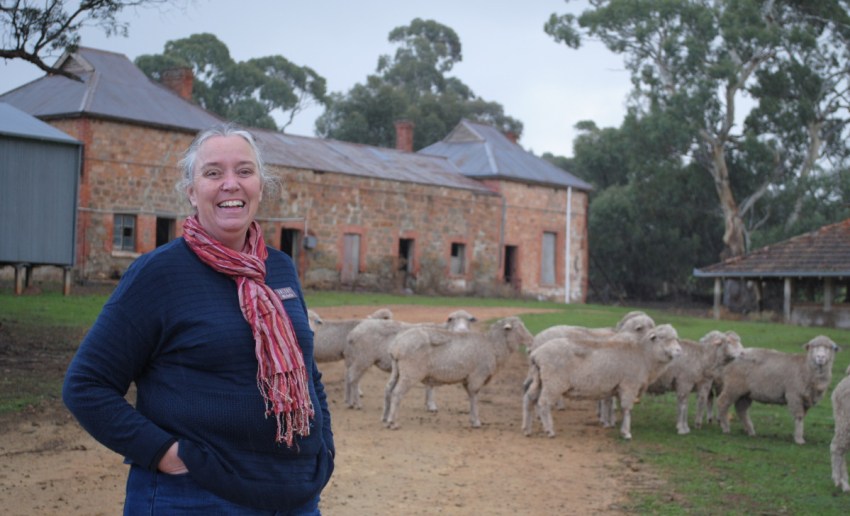
“We bought another 1500 acres last year and we’ve just finished another 10km of fencing,” he says.
Marketing focuses on promoting the wool’s unique origins. The wool shorn from the original stud flock is cleaned at Michell’s in Adelaide, milled in Tasmania and a local artisan adds William Morris-style edging to its products including throws, wraps and scarves
Andrew says the products are sold at the station shop and online, along with the JamFactory stores at Seppeltsfield in the Barossa and in Adelaide.
There is also a new online presence in the United Kingdom with Andrew saying they have a British PR company helping raise their profile and they are looking to get the product into “a Harrods-type” store.
The business is also raising its profile through Australian Wool Innovation, the national not for profit company owned by almost 22,000 woolgrowers to promote their product.
Its marketing arm The Woolmark Company has added Anlaby Station to its new campaign launching later this year where product labels have a QR code that buyers can scan with a mobile phone then view a video on the Woolmark website tracing its origins.
Anlaby Station also now hosts the highly prestigious International Woolmark Prize exhibition during its Open Garden each year after winners of the global fashion design competition show their garments at Milan Fashion Festival.
Anlaby is the only Australian site where an exhibition is curated, drawing large numbers to the property to see fashion garments made by leading designers from around the globe that showcase the beauty and versatility of Australian Merino wool.
There is a growers’ night for wool farmers and this year Andrew is expecting the AWI chief executive Stuart McCullough to attend.
Andrew says the Australian Fashion Council and The Woolmark Company also recently took six Australian fashion labels to Anlaby as part of its Makers Meeting series.
One designer was Sydney based designer Marina Afoonina whose label Albus Lumen won BT Emerging Fashion Designer Award last year.
“As a result of that lunch we are providing Albus Lumen with wool for one of the garments they are entering in the International Woolmark Prize – it’s a beautiful dress and coat ensemble,” Andrew says.
Back in town, Bill Adams leads the committee that started the Kapunda Farm Fair in 1999, held at the Dutton Park harness racing grounds donated to the community by the Dutton family of Anlaby station.
Bill says the annual event supports the ag community, drawing about 15 large dealers featuring a wide range of machinery for both the broad-acre and horticulture sectors, and hosting a dedicated Friday farmers’ day to showcase new on-farm technology.
“It means businesses can set up for two days and have up to 7000 people walk past their products,” he says.
“This year, the fair will have more seeding, GPS, and sprayer machinery presence among our exhibitors because we have earlier dates in 2020 that fits in better with the usual sowing times in early May to June.”
The Kapunda and Light Agriculture Show, also held on the ground, started some 160 years ago.
Three of the show’s committee members have won South Australian Young Rural Ambassador of the Year at the Royal Adelaide Show judging in the past 10 years, agribusiness manager at the ANZ William Denholm among them as the 2010 winner.
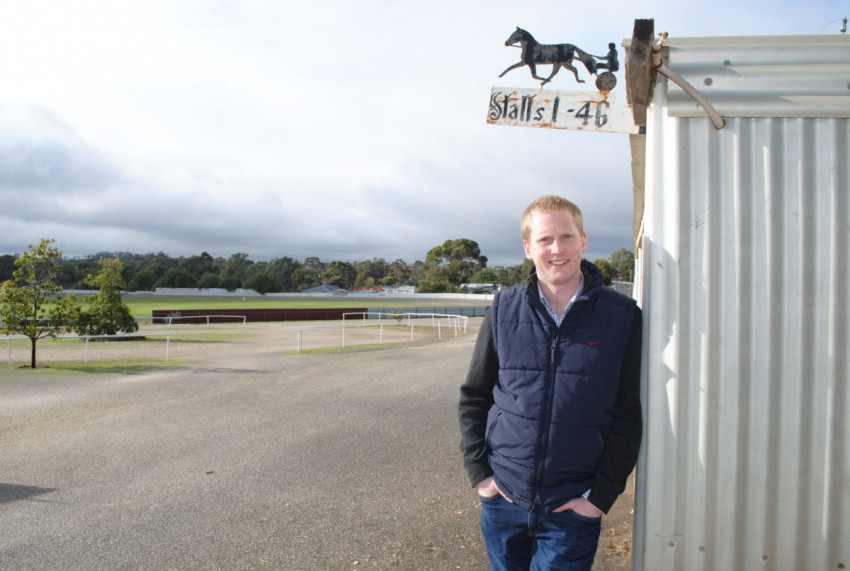
He says the show’s role in showing off local agriculture, the wheat and wool judging and sheaf tossing, are all about supporting the community.
“Ag shows have always been a platform to demonstrate excellence in agriculture,” says William, who met his wife, the 2012 winner, on the rural ambassador program.
And William says the region has plenty to promote: prime agriculture land with good soil, high rainfall, an incredibly rich agriculture history, and a commitment to promoting its future.
“We have a large ag employer in town in terms of Johnson and we’re in a unique position here where our population is growing,” he says.
The 2018 ambassador, Kapunda’s Chris Hutchinson, who follows 2017 winner Kapunda’s Sarah Hazel, agrees.
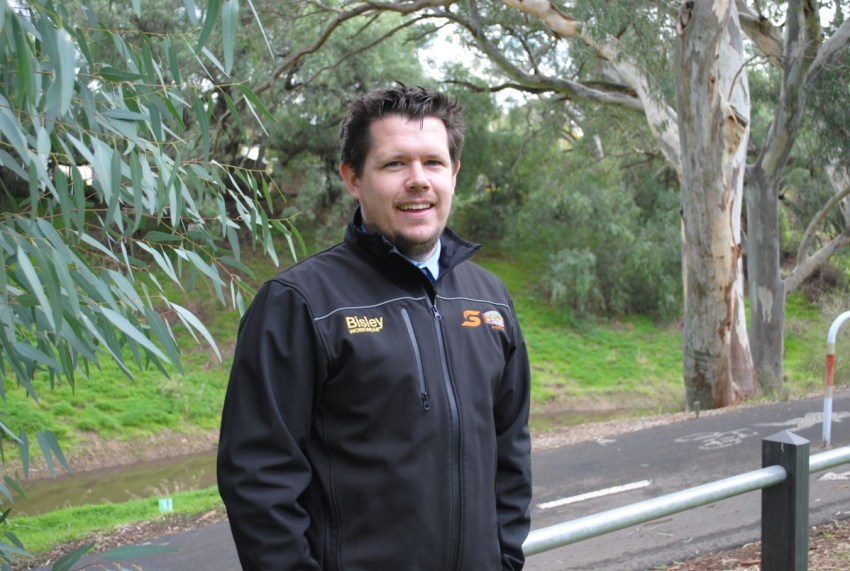
He has personally grown the ag show’s ute muster event each year with a highlight the best farm ute – the best entries are likely to have a firefighter unit on the back, UHF, a toolbox and baling twine.
Chris is Light Regional Council’s young citizen of the year and will be promoting South Australia’s agriculture industries in the United Kingdom later this year.
Farmer Peter Tralaggan, a fifth-generation farmer from nearby Hamilton who focuses on cropping and sheep, is both a customer and supplier at JT Johnson.
He says there is strong pride in the area with locals wanting to continually improve farming practices.
“No one wants to sell their land here really because they are so proud of what they are able to achieve,” Peter says.
The Agricultural Town of the Year is a State Government initiative designed to highlight South Australian towns that support and promote primary industries and all that they bring to rural communities.
The Government received 43 nominations, with an independent judging panel whittling that list down to five finalists – Cleve, Kapunda, Langhorne Creek, Millicent and Renmark.
Each of the five finalist towns will be profiled in SALIFE digital over the coming weeks.
The winner, also selected by the independent panel, will be announced at the South Australian Regional Showcase celebration event on October 11.
This story is sponsored by Primary Industries and Regions SA.




